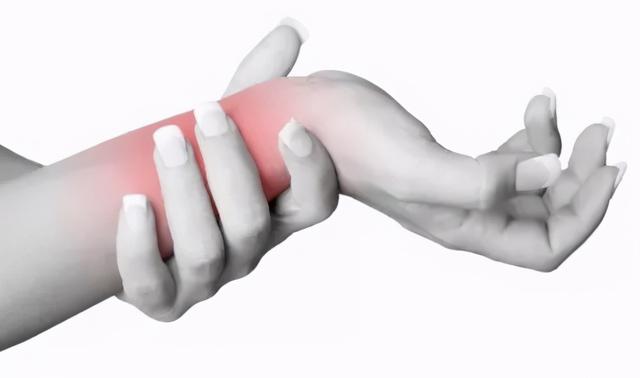基于机器学习的放射组学预测胶质瘤分级和多种病理生物标记物表达
Machine Learning-Based Radiomics Predicting Tumor Grades and Expression of Multiple Pathologic Biomarkers in Gliomas.影响因子: 4.848PMID:33014836期刊年卷:Front Oncol 2020;10DOI:10.3389/fonc.2020.01676作者列表: Gao M, Huang S, Pan X, Liao X, Yang R, Liu J,
Background:The grading and pathologic biomarkers of glioma has important guiding significance for the individual treatment. In clinical, it is often necessary to obtain tumor samples through invasive operation for pathological diagnosis. The present study aimed to use conventional machine learning algorithms to predict the tumor grades and pathologic biomarkers on magnetic resonance imaging (MRI) data.
【基于机器学习的放射组学预测胶质瘤分级和多种病理生物标记物表达】Methods:The present study retrospectively collected a dataset of 367 glioma patients, who had pathological reports and underwent MRI scans between October 2013 and March 2019. The radiomic features were extracted from enhanced MRI images, and three frequently-used machine-learning models of LC, Support Vector Machine (SVM), and Random Forests (RF) were built for four predictive tasks: (1) glioma grades, (2) Ki67 expression level, (3) GFAP expression level, and (4) S100 expression level in gliomas. Each sub dataset was split into training and testing sets at a ratio of 4:1. The training sets were used for training and tuning models. The testing sets were used for evaluating models. According to the area under curve (AUC) and accuracy, the best classifier was chosen for each task.
Results:The RF algorithm was found to be stable and consistently performed better than Logistic Regression and SVM for all the tasks. The RF classifier on glioma grades achieved a predictive performance (AUC: 0.79, accuracy: 0.81). The RF classifier also achieved a predictive performance on the Ki67 expression (AUC: 0.85, accuracy: 0.80). The AUC and accuracy score for the GFAP classifier were 0.72 and 0.81. The AUC and accuracy score for S100 expression levels are 0.60 and 0.91.
Conclusion:The machine-learning based radiomics approach can provide a non-invasive method for the prediction of glioma grades and expression levels of multiple pathologic biomarkers, preoperatively, with favorable predictive accuracy and stability.
基于机器学习的放射组学预测胶质瘤肿瘤分级和多种病理生物标记物的表达
背景:胶质瘤的分级和病理生物标志物对个体化治疗具有重要的指导意义 。 在临床上 , 经常需要通过侵入性手术获取肿瘤标本进行病理诊断 。 本研究的目的是使用传统的机器学习算法来预测磁共振成像(MRI)数据中的肿瘤分级和病理生物标志物 。
方法:本研究回顾性收集了2013年10月至2019年3月间有病理报告并接受MRI扫描的367例胶质瘤患者的数据集 。 从增强的MRI图像中提取放射组学特征 , 并建立LC、支持向量机(SVM)和随机森林(RF)三种常用的机器学习模型 , 用于4个预测任务:(1)胶质瘤分级 , (2)Ki67表达水平 , (3)GFAP表达水平 , (4)S100表达水平 。 每个子数据集按4:1的比例分为训练集和测试集 , 训练集用于训练和调整模型 。 测试集用于评估模型 。 根据曲线下面积(AUC)和精度 , 为每个任务选择最优的分类器 。
推荐阅读
- 唐山四维智能科技有限公司:双臂机器人引领人机协作新纪元
- 计算机专业大一下学期,该选择学习Java还是Python
- 华硕基于WRX80的主板现身 为AMD Ryzen Threadripper Pro打造
- 大众展示EV公共充电新解决方案:移动充电机器人
- 普渡机器人获最佳商用服务机器人奖
- 翻译|机器翻译能达60个语种3000个方向,近日又夺全球五冠,这家牛企是谁?
- 假期弯道超车 国美学习“神器”助孩子变身“学霸”
- 想自学Python来开发爬虫,需要按照哪几个阶段制定学习计划
- 未来想进入AI领域,该学习Python还是Java大数据开发
- Google AI建立了一个能够分析烘焙食谱的机器学习模型

















